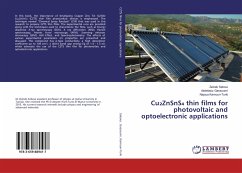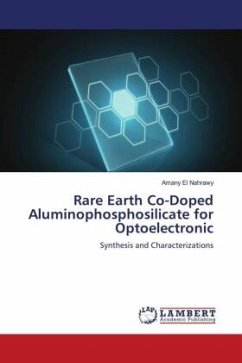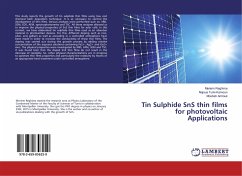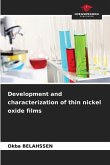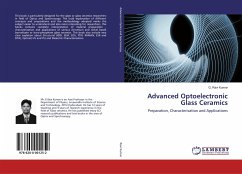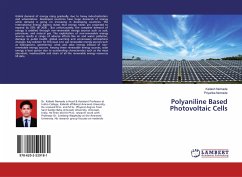In this book, the importance of developing Copper Zinc Tin Sulfide Cu2ZnSnS (CZTS) thin film photovoltaic devices is emphasized. The technique named "Chemical Spray Pyrolysis" (CSP) that was used in this research to prepare CZTS thin films. The experimental runs are provided along with the techniques used to characterize the films, such as Energy dispersive X-ray spectroscopy (EDX), X ray diffraction (XRD), Raman spectroscopy, Atomic force microscopy (AFM), Scanning electron microscopy (SEM), Hall Effect, and Spectrophotometry. The effects of various experimental parameters on properties are presented and discussed. This compound has p-type conductivity, a high absorption coefficient up to 104 cm-1, a direct band gap energy Eg of 1.4 - 1.5 eV, which advocate the use of the CZTS thin film for photovoltaic and optoelectronic applications.

